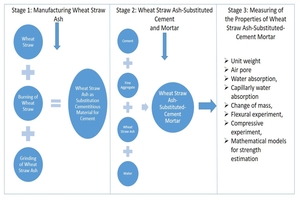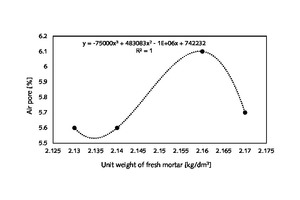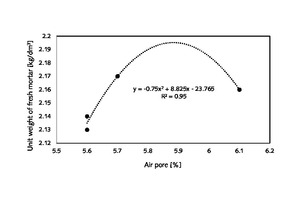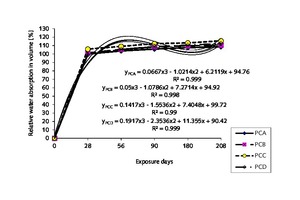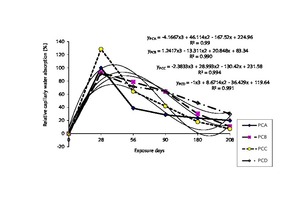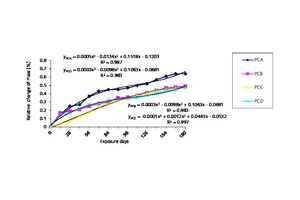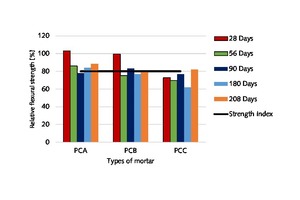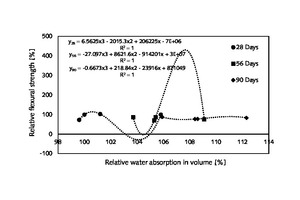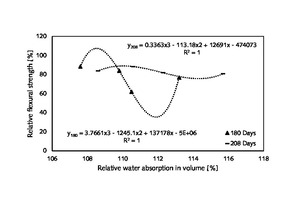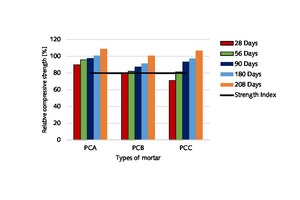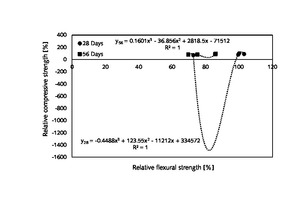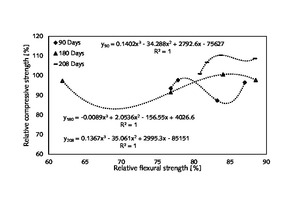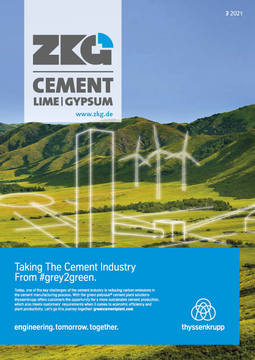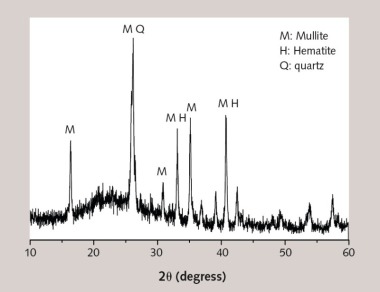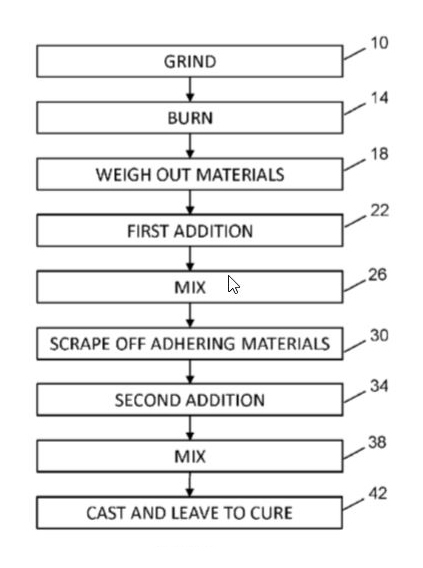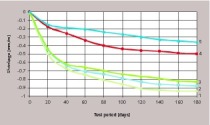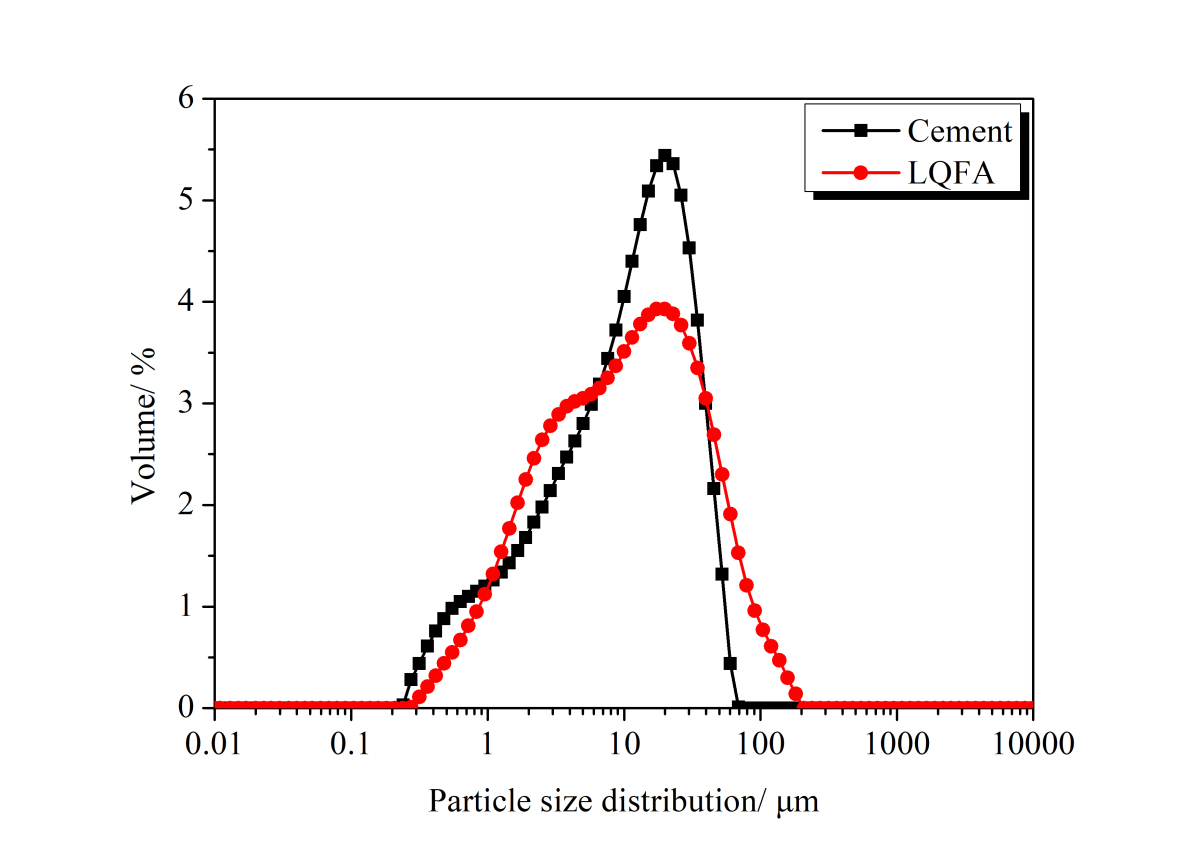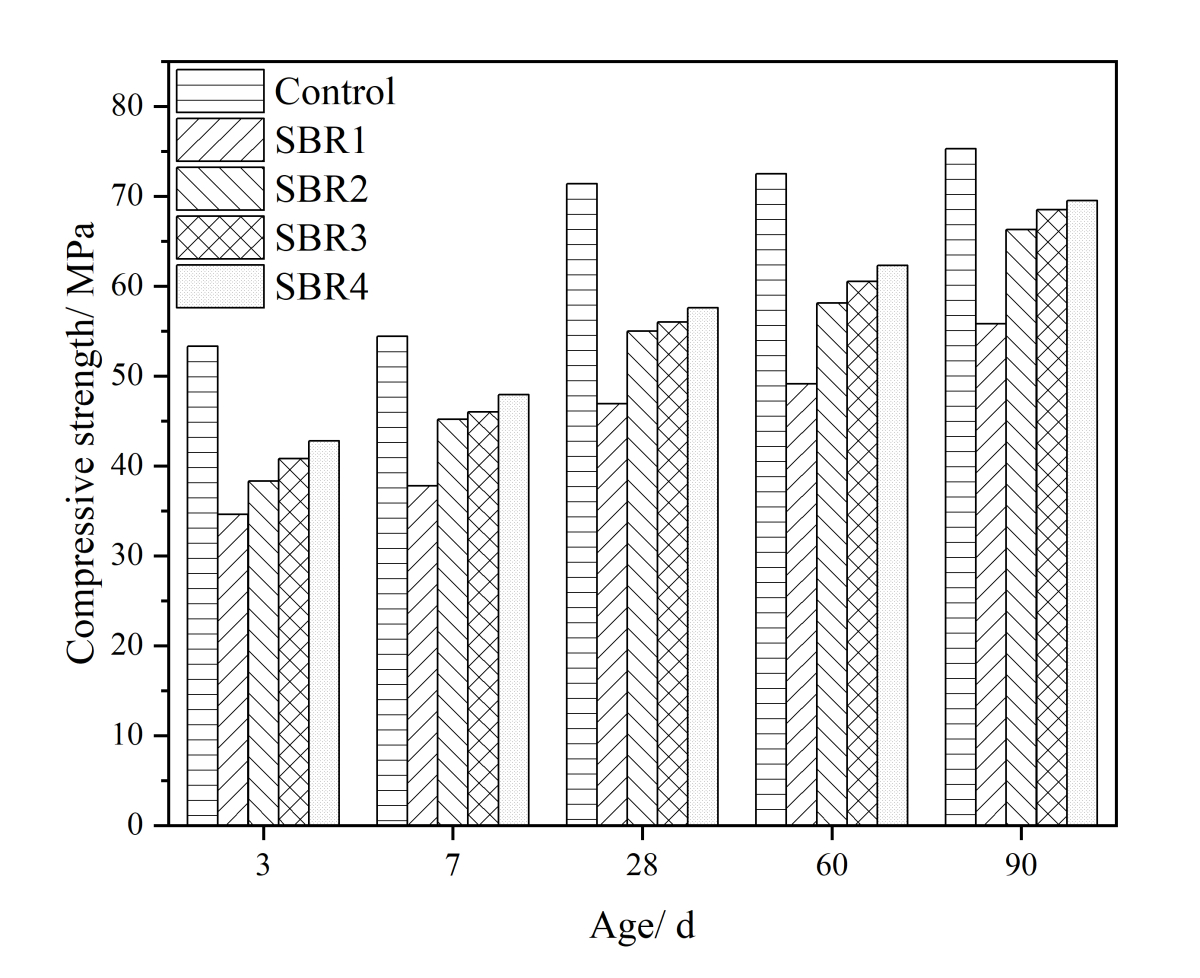Advances in physical and mechanical properties of wheat straw ash-substituted cement mortar
Water exists naturally in three forms: above-ground water resources such as rivers, lakes and seas, underground water resources and water vapour in the atmosphere. Ceramic-structured construction materials such as concrete, stone and brick are intrinsically porous materials. Structural systems that are manufactured using such construction materials are generally located in one of these environments and affected by the environment. If a construction is located within water, the affecting factors are the porous system of the construction element and water pressure. If the construction or element is in superficial contact with water, the water passes with capillary pressure effect through capillary channels within the material structure. Porous systems that exist in construction materials are reduced or the structural systems are made impervious to water by using waterproofing materials. Within essential construction materials, some additives to cement are used in concrete production in order to reduce the amount of porosity, improve qualities, increase durability and ensure the affordability of concrete in a particular way. This study outlines the effect of wheat straw ash, which is one of the pozzolanic materials investigated with the aim of reducing the amount of porosity and size of concrete, preventing continuity of capillary pores, minimizing their permeability and improving concrete strength qualities.
1 Introduction
Globally, wheat seed is the main product derived from the wheat plant. According to the Supply and Demand Report of U.S. Wheat Associates, which was published on June 11th, 2020, 773 million t of wheat will be produced this year, while about 753 million t of wheat will be consumed worldwide in food, in feedstock, and also in non-food applications, primarily in binder manufacture [1]. The wheat plant is not only a source of wheat seed but also of wheat straw, a lignin and holocellulose carbohydrate based biopolymer fibre [2, 3]. Wheat straw is an abundant, cheap, and biodegradable...

